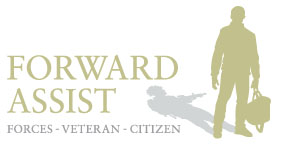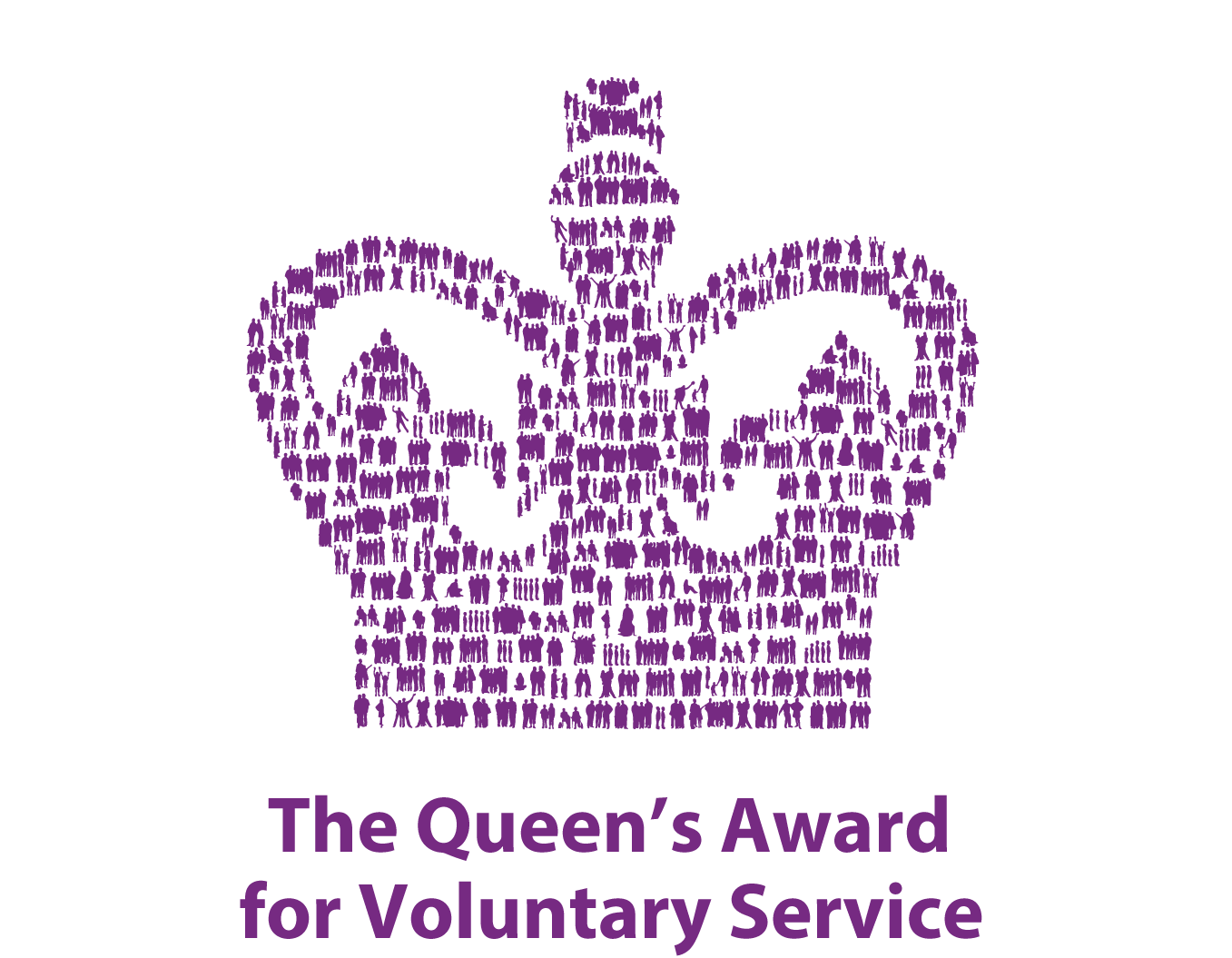The Transition Process .. Is The Weakest Link
/Every year, thousands of people leave the Armed Forces and return to live and work in the civilian community. For many the transition is seamless, yet for a significant number the journey is made difficult by an inability to adjust and re-establish themselves and settle back into in the community. These adjustment issues may lead to relationship difficulties, alcohol and drug misuse, homelessness, involvement with the Criminal Justice System, and for those suffering from diagnosed or undiagnosed mental health problems , self imposed isolation, self harm or suicide. An increasing number may find themselves marginalised and disenfranchised from main stream services and support simply because they have difficulty asking for help.
The civilian community and indeed many service providers continue to have difficulty understanding the needs of former service personnel. Part of the problem lies in the misconception that the Armed Forces continue to provide holistic support for its members after they have left the services and that their needs are completely unique and different to that of the general population.
There is also a misconception that everyone who leaves the forces has a sound knowledge base of what is available, unfortunately this is not true and even if they did many would not ask for charity. Re-unions and Regimental dinners facilitate the maintenance of lasting friendships and facilitate sociability yet many choose to avoid such get togethers preferring to focus their efforts on reinventing themselves via a new career on Civvy Street. Yet, Civvy Street can be a lonely place simply because the relationship with serving friends and colleagues may fundamentally change after they leave simply because they live for all intents and purposes in very different worlds.
The reality is, that there are a myriad of complex transitional glitches to contend with. Those serving 22 years plus may never of had an job interview which places them at a disadvantage to others seeking employment. Adjustment and the a loss of identity when transitioning into the civilian community should not be underestimated. However, many successfully re-engage with the civilian community via their enrolment on leadership/managerial courses in facilitated by Universities or Colleges of higher education. Yet, those that are medically discharged must cope with the restrictions their disability/impairment has on future employment opportunities and relationships whilst coming to terms with a change in circumstances that was not expected and lack the emotional resilience to do so.
It would appear that there is growing evidence to suggest that a significant number, perhaps as many as 30% end up in a life categorized by them as failure and disappointment. Many are recruited into the Armed Forces from areas of multiple deprivation and join the Armed Forces as a way to escape poverty and improve limited life chances, for early service leavers failing to make a career in the military is said to be viewed negatively by significant others and for many disenfranchised youths its viewed as the last chance saloon. That said, for thousands its probably the best decision they ever made. A military career can be life changing for so many. Its the transition back to civilian life that so many find difficult and where resources should be targeted. We shouldn’t let veterans become homeless and left begging for change’ . Leaving the military technically homeless is in many ways as bad as being physically homeless as the struggle to get established is both arduous and difficult and can take years. Sadly many individuals return to the civilian community ill prepared for civilian life and subsequently end up ’Sofa surfing’ or sleeping rough. Many report being directed to the homeless sector and told by well meaning housing workers that the only available housing on offer is within the temporary accommodation sector, which more often than not are multi-occupancy dwellings. I have met many former soldiers who report that they prefer living on the streets to living in a homeless shelter. As one veteran said,
‘you go in clean, but come out with a drug habit, in a box or in handcuffs .’
In my view, multiple occupancy dwellings in the homeless sector are the last place a veteran should be placed. The hidden population that are homeless veterans, has no political voice and has no vehicle to express or channel any dissatisfaction with the services currently on offer. The current system is a ‘one size fits all’ it is only in recent years that Veteran centric accommodation projects have appeared but its a post code lottery if you have one in your area. The projects do a great job supporting homeless veterans but its when they have to move out and live independently that the real problems start. Many are in a revolving door situation and its Government that should provide effective support and funding to meet the distinct and unique needs of veterans. Government has a duty of care to look after those that have served and a moral responsibility to pick up the tab for veteran care and not leave it to the charity sector.
The complexity of the issues facing former serving personnel returning to live in the civilian world is only going to increase as pressures are placed on all services post Covid 19 . The answer to this current and ongoing problem will come from, and be driven by the small service charity sector. They understand the issues their comrade’s face when they slip through the net and fail to engage with mainstream services and they also know why it happens and how to re-engage them when it does. Government and the UK Department for Veteran Affairs need to consult with those at the pointy end if they want to know what’s really going on! In our experience, if the support is given at the right time, in the right place by the right people then it is accepted without prejudice. Lets not forget that the civilian communities greatest asset is its former military community.
Tony Wright CEO





